National Geographic Photographer Says He Rarely Uses Flash
In “Lighting Tips Pt. II,” photographer Bob Holmes explains his award-winning lighting techniques plus how he captures the light from day to night.
Practice. Practice. Practice. Ask almost any photographer and they’ll tell you in order to capture beautiful photographs consistently, you need to practice. One of the most important photography lessons to practice and understand is: how your camera records the light. Literally, every second the light surrounding your subject(s) is changing. In our new video, “Lighting Tips” How to capture that National Geographic Style Ep.2″ award-winning photographer Bob Holmes is back, to explain how to look at light in order to create and capture the mood and image you want.
VIDEO DIGEST: Here are some of Bob’s main lighting techniques from the video.
- Shadows- Don’t think you can always fix the shadows in post-production. Sometimes it will create noise in the photograph
- Noise- ” In digital photographs, “noise” is the commonly-used term to describe visual distortion. It looks similar to grain found in film photographs, but can also look like splotches of discoloration when it’s really bad, and can ruin a photograph. Noise tends get worse when you’re shooting in low light.
- Utilize/combine light sources. Example: Mix the blue light from the sky next to tungsten lights on buildings or street lamps. (Timing is critical)
- Flash Photography- Bob says he doesn’t like how harsh the small flash is on cameras, so he avoids using it. He will occasionally use the flash to put a “catch-light” in people’s eyes.
- Internal Light- The only light source in the photograph comes from within the frame
- Portraits- Not always about the face
- Look at everything you shoot as broadly as possible
- Think. Shoot Intelligently. Look at every angle.
- Work a subject
- Learn to look at light
- Learn how your camera records light
- Practice. Practice. Practice.




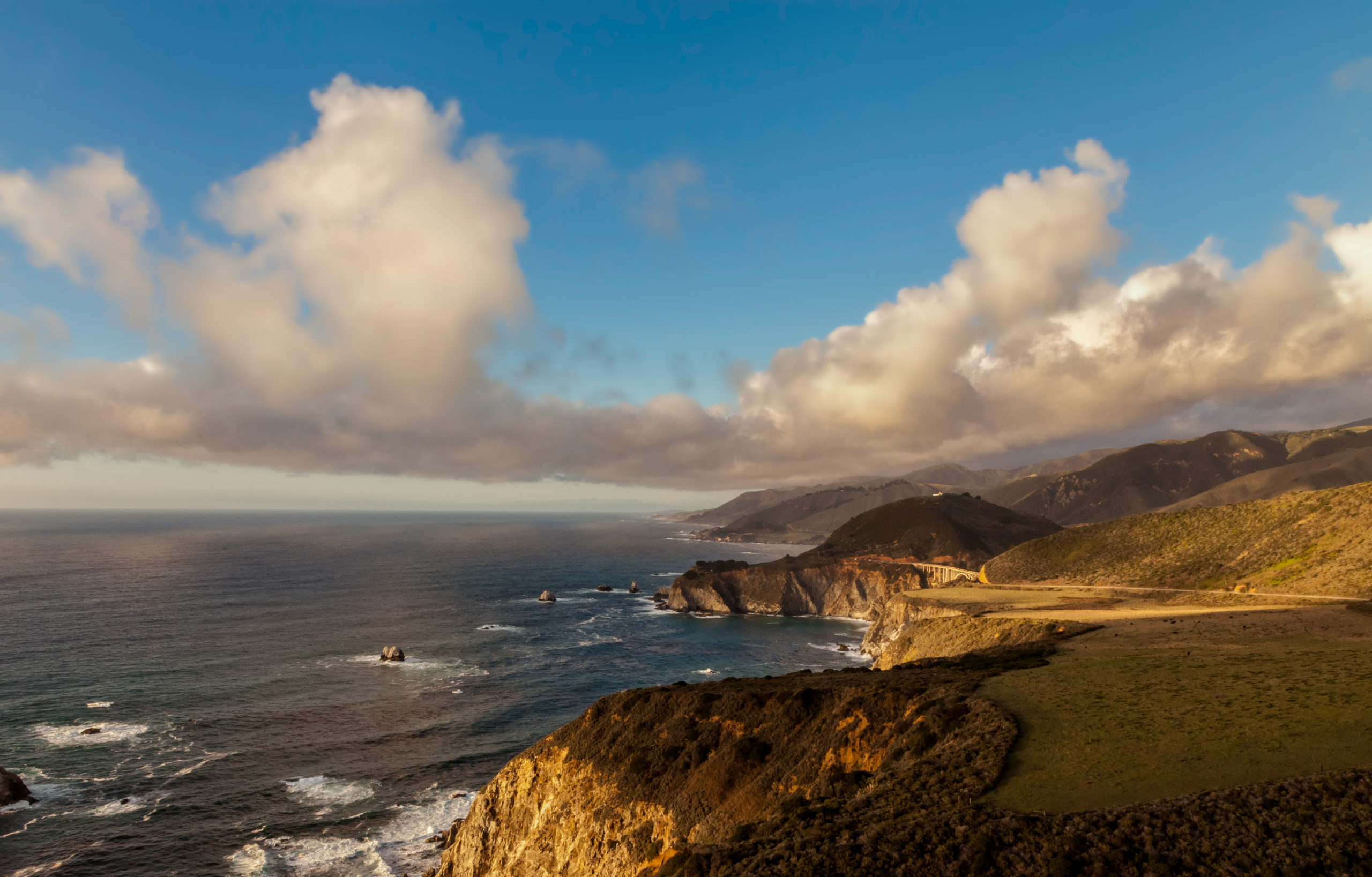
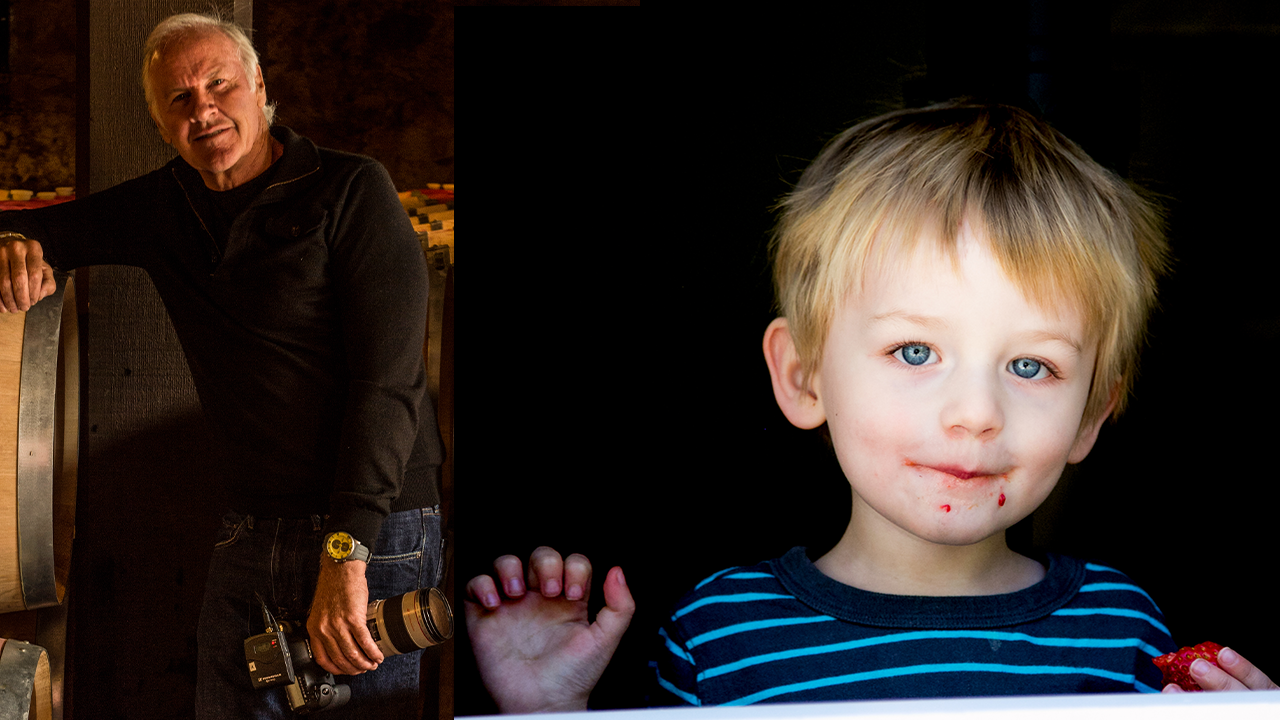
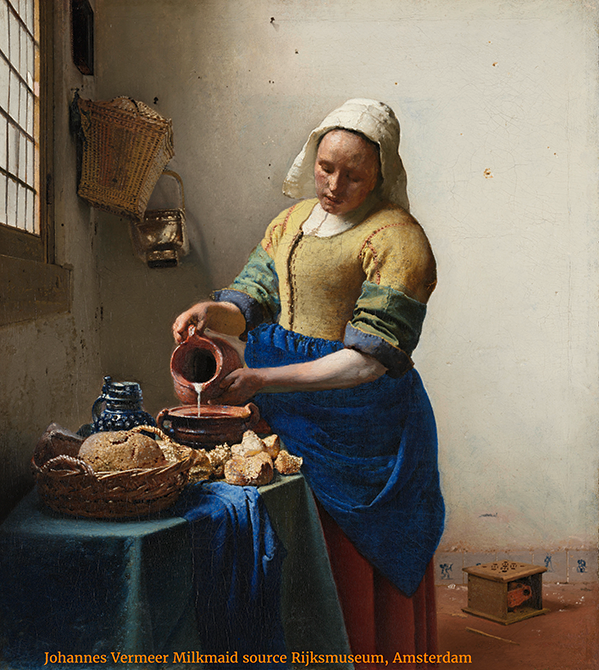
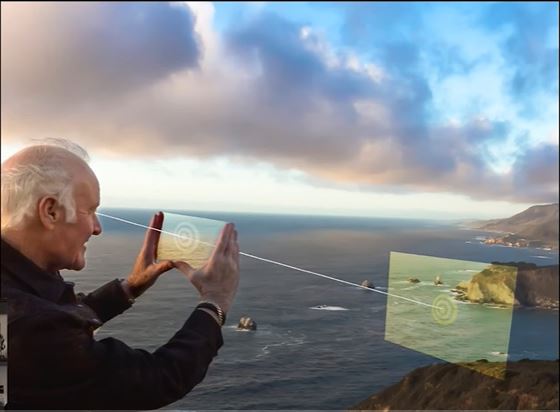
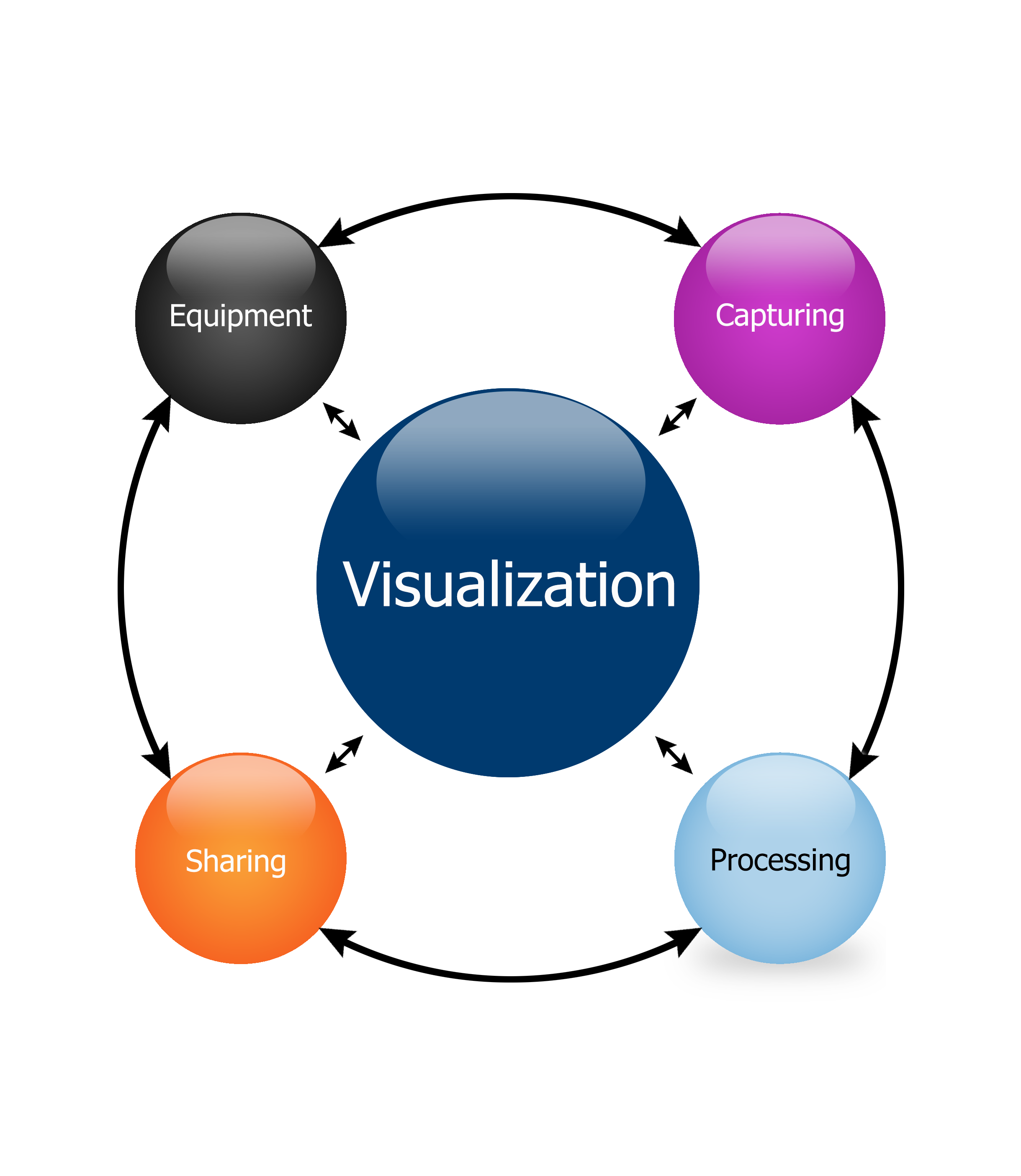
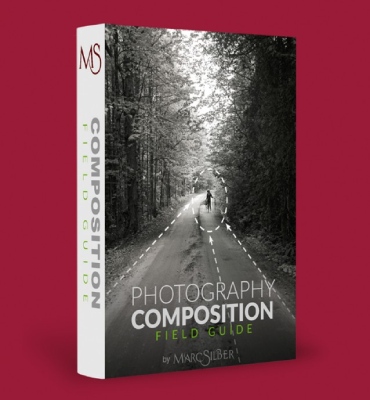
Leave A Comment
You must be logged in to post a comment.